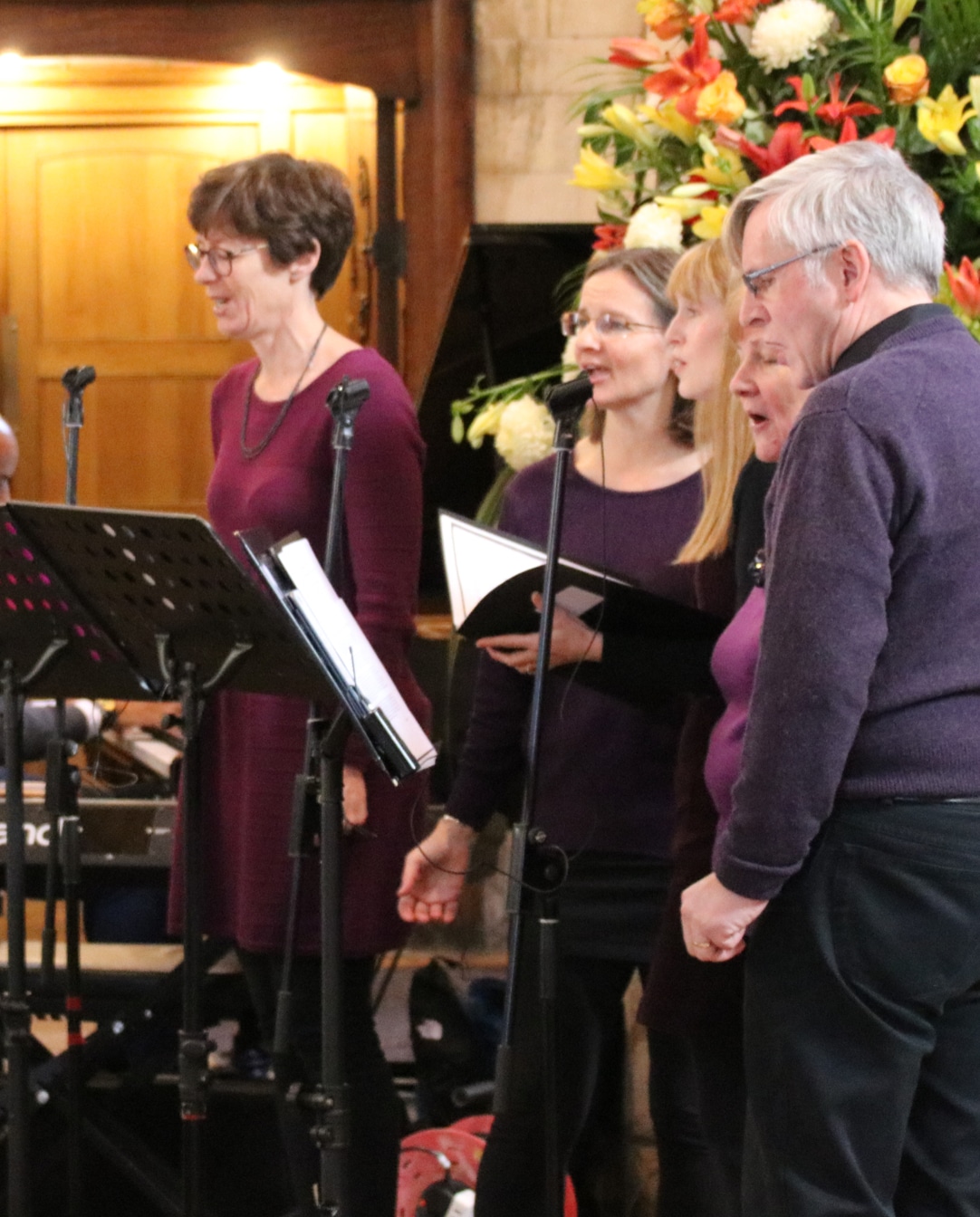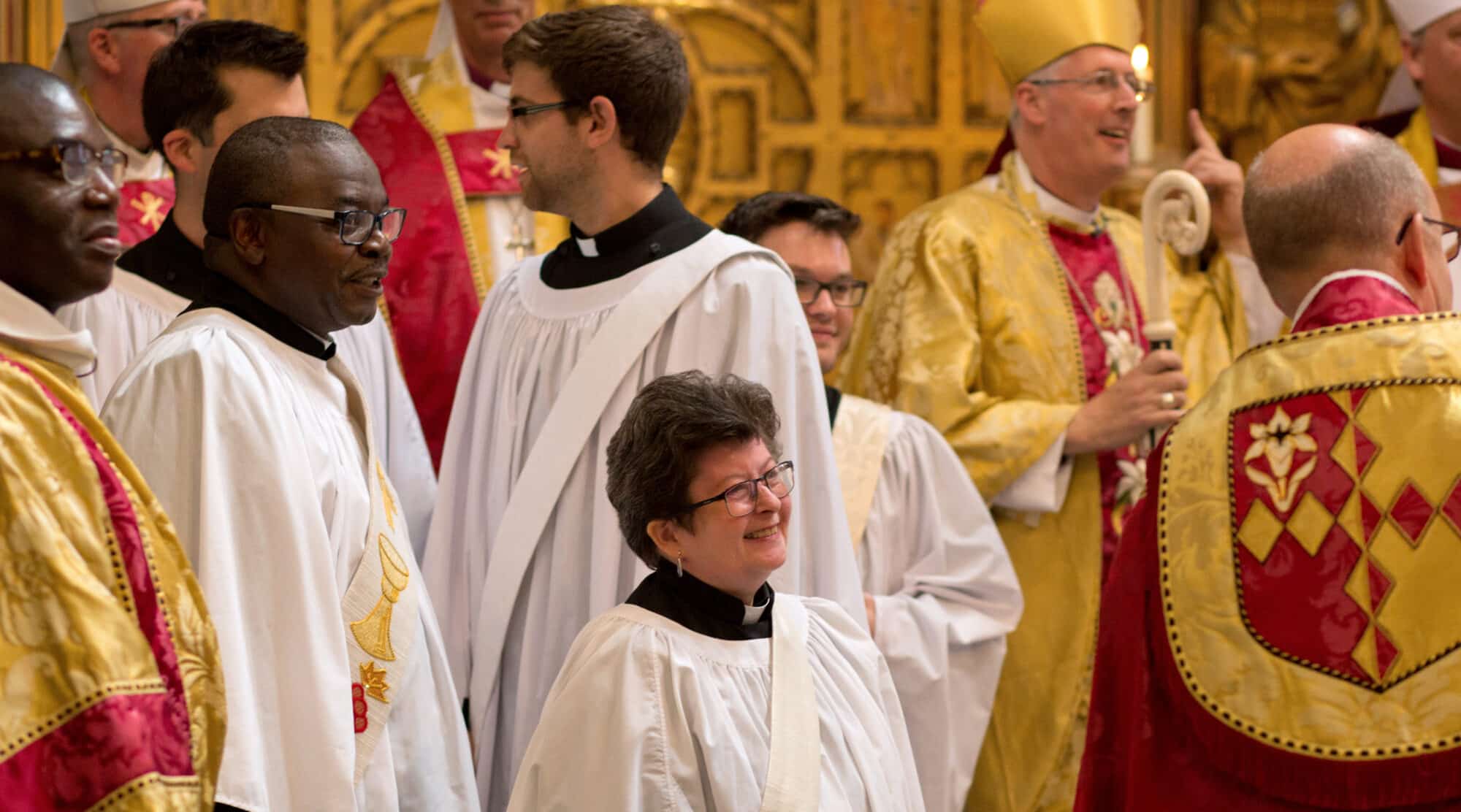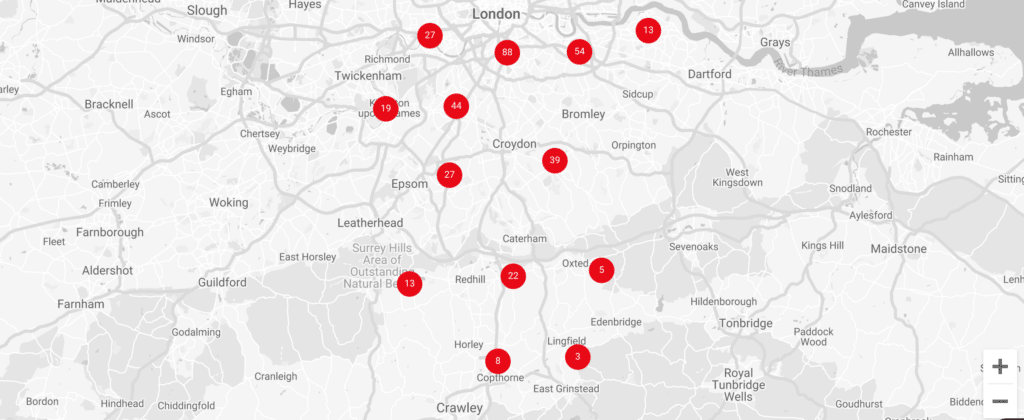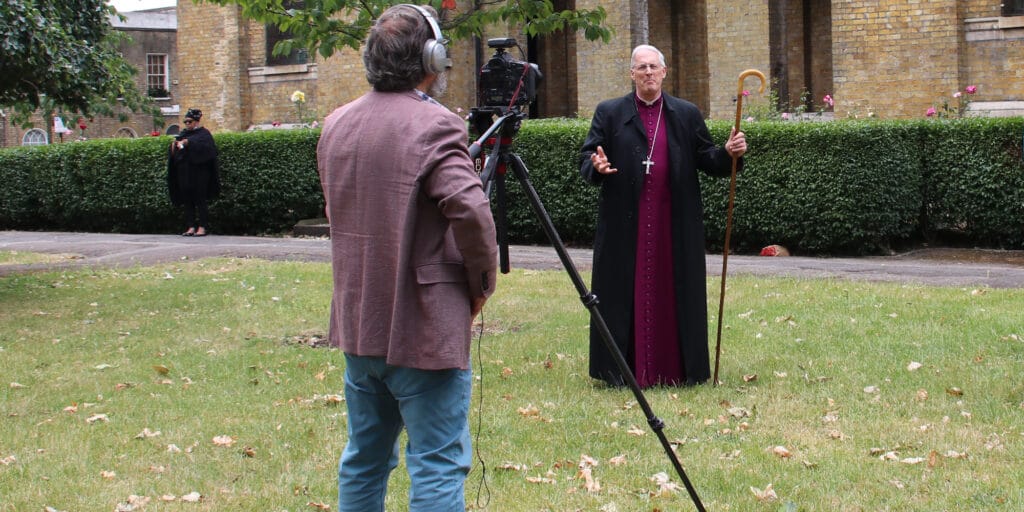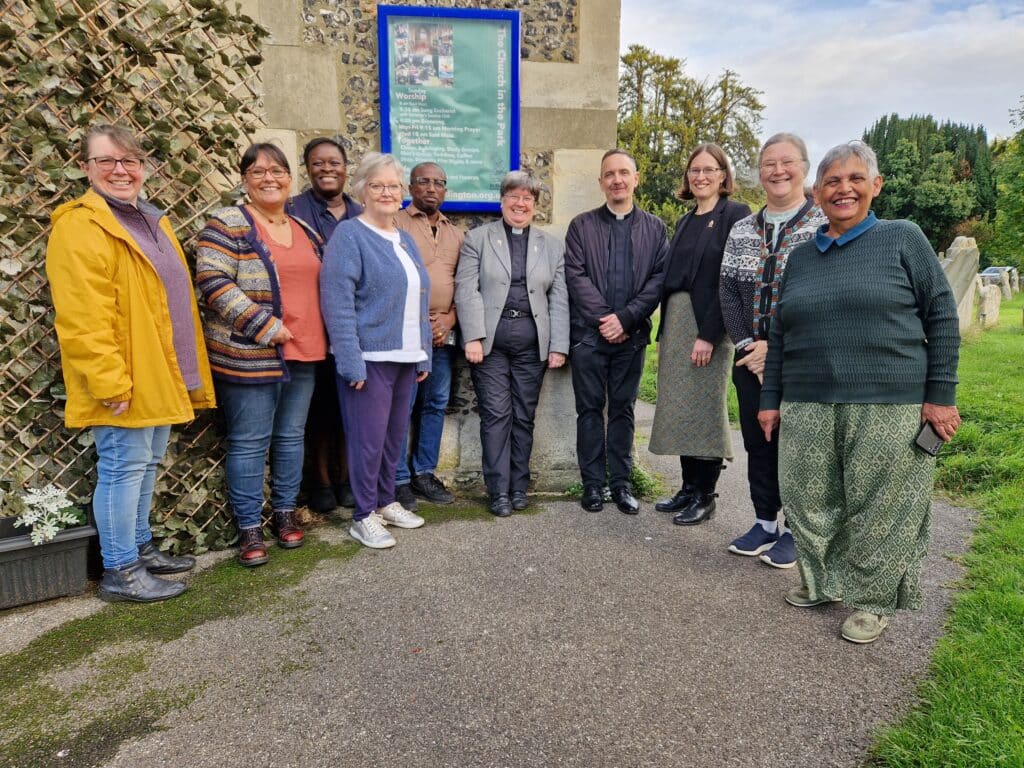Useful information
Patron
Patronage Board (Bishop/Dean & Chapter of Worcester Cathedral/a TV)
Episcopal Area
Kingston Episcopal Area
Deanery
Wandsworth Deanery
Archdeaconry
Wandsworth Archdeaconry
Details of the Church
Built
C15/1981
Architect
Unknown/Ronald Sims
Listing
2*
There has been a centre of Christian worship on this site from at least the 13th century. The first mention of a church at Putney is in 1292, and later in the Register of’ Robert Winchelsea, Archbishop of Canterbury, for 1302, when an ordination was recorded as taking place here. It is not certain at what date the church was built before 1292.
The ancient Parish of Putney once covered the area between the Thames to the north and Tibbet’s Corner (on Putney Heath) to the south. The westerly border started at Beverley Brook, the easterly one at Deodar Road, and included what is now the Parish of Roehampton and St. Margaret’s Parish. The Parish of Putney was reduced in size by the creation of separate parishes at Roehampton (1845) and Putney Park (1923). The Parish has another church, All Saints’, on the edge of Putney Lower Common. This dates from 1874, and was built by the eminent Victorian architect George Street. It has a marvellous collection of William Morris and Burne Jones stained glass. There was also a third church in the Parish, St. John’s, which was sold to the Polish Roman Catholics to part fund the re-building of St. Mary’s.
For many years, Putney was a “peculiar” of the See of Canterbury, the Archbishop being also Lord of the Manor. Transferred to the See of London in 1846, to Rochester in 1877, St Mary’s has been in the Diocese of Southwark since 1905.
The parts of the mediaeval church which survive today are the tower and some of the nave arcading (mid 15th century ), and the Bishop West Chapel, built in the late 15th century. The church was substantially rebuilt in 1836: the nave made wider and longer, galleries built on three side, and the aisles widened.
In 1973, a fire (which proved to be arson) gutted much of the church. The fire was started in the organ in the south-east gallery and swept through the Church with the tower at the west end acting as a chimney. All that remained intact were the tower, walls and most of the pillars. After some considerable discussion in the Parish, and the raising of significant sums of money, the decision was taken to re-build St. Mary’s. The rebuilding was completed in 1982, and the opportunity was taken to produce an imaginative building suited to the needs of a growing congregation, and a wider range of uses by groups within the community. The church was rehallowed by the Bishop of Woolwich on 6th February 1982.
Unlike many churches, St. Mary’s has a range of comfortable meeting rooms, a proper Parish Office, an integrated sound system, underfloor heating and enough toilets! The overall plan was to produce a flexible building, useable in a wide variety of ways. The main worship area of the church was turned 90xx, with seating on three sides of the altar, and is notable for being light and airy (with the added distraction of being able to watch buses crossing Putney Bridge during boring sermons …). There is a remote control for the tape and CD players which operates from near the altar, and sound is piped throughout the church on controllable speakers.
The Church is the home, for rehearsals and concerts, of the Wandsworth Symphony Orchestra and other musical groups, is used by any number of schools for concerts and services, and the meeting rooms for groups as varied as Parish Committees, local amenity groups, and the Bhuddists.
